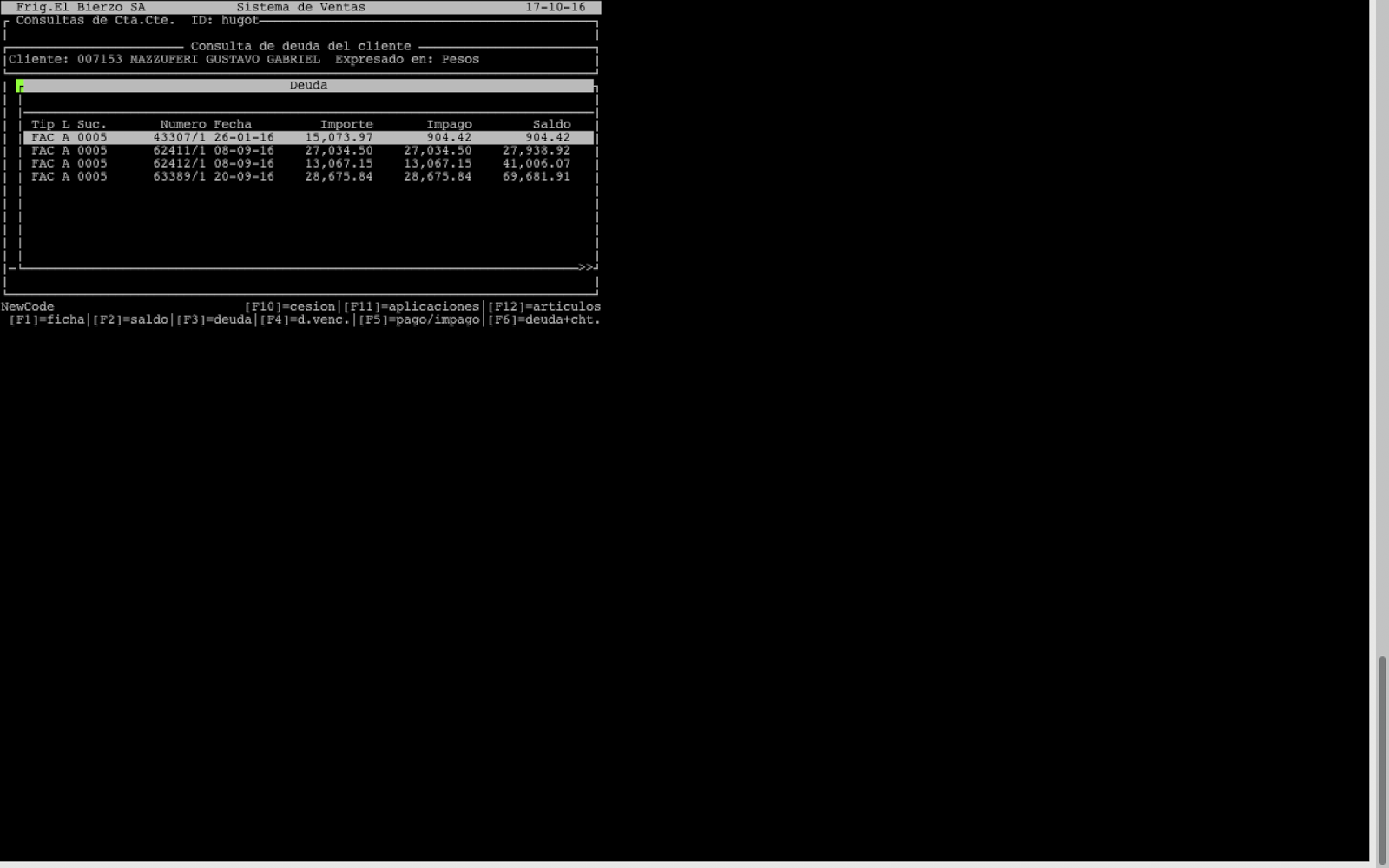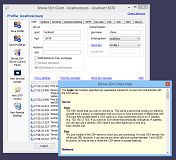
PUTTY 7 FOR MAC MAC OS X
If we want to establish a remote desktop session to a Mac OS X computer, the VNC protocol is probably our best option. Of course, once we have authenticated to the Mac, we can issue shell commands as if we had a local Terminal session open on the computer.
PUTTY 7 FOR MAC WINDOWS
Remote Mac OS X Terminal session from Windows

In the screen output you see (a) the connection and authentication process (b) a run of pwd to test that we are in fact connected to a Mac and (c) authentication as the root superuser. The following image shows a PuTTY-based SSH connection to a remote Mac OS X computer. NOTE: Technically, we could use the built-in Telnet client in Windows to establish to the Mac OS X Telnet server, but as we both know, this protocol is hideously unsecure. Both are easy to use, and accomplish the same goal. I would suggest that you try either OpenSSH or PuTTY.
PUTTY 7 FOR MAC DOWNLOAD
Thus, we will have to download an SSH client. Unfortunately, Microsoft has never (repeat: never) included built-in support for this vendor-neutral, open-source protocol in its operating systems. We can use a Secure Shell (SSH) client in Windows to establish a secure remote Terminal connection to our target Mac OS X computer. You may need to take this information into account when firewalls and Internet connections are involved. NOTE: VNC uses TCP port 5900 and SSH uses TCP port 22 by default.
PUTTY 7 FOR MAC PASSWORD
Supply a strong password and click OK to complete the configuration.Įnabling incoming VNC connections in Mac OS X To enable the VNC server, select Remote Management and then press Computer Settings….A drop-down pane appears in which we can select VNC viewers may control screen with password. 🙂Įnabling inbound SSH connections in Mac OS X In the screenshot below, "uwarnti" refers to the currently logged on Mac user, and the IP address is, well, the IP address. The status area at right helpfully informs us of our SSH connection string. To turn on the SSH server, enable Remote Login. On your Mac OS X computer, open the Sharing System Preferences pane. Thus, we have immediate, “out of the box” remote connectivity to our Mac boxes. If you have any issues, don’t hesitate to reach out to our support team in a ticket.The good news is that Mac OS X (both the server and desktop varieties) include built-in File Transfer Protocol (FTP), Secure Shell (SSH), and Virtual Network Computing (VNC) servers. This is a fairly easy process to follow for VMware users with any level of experience. You can complete the same process for the ESXi Shell service. I’ve chosen start and stop with host so that the SSH service will remain on if the server is restarted for any reason. This means you can set the service to remain on based on firewall ports or with the host and after restart. Step 5īy right-clicking on a service or clicking the Actions menu item, you can adjust the policy for the service. If you’d like SSH (or SSH and the ESXi Shell) to remain on and persist through reboots, continue to the next step.

If you’re only granting temporary access and will either stop the service manually after use or you wish for the service to be off when you next restart ESXi or the server, you can stop here. If you’d like to use the ESXi Shell remotely over SSH, go ahead and complete the same process for the TSM service. Highlight the TSM-SSH service (SSH) and either right-click or use the menu item at the top of the window to select Start. There are two services we’ll pay attention to here: TSM (ESXi Shell) and TSM-SSH (SSH), with the latter being our main goal. Select Manage in the left sidebar Navigator to access the settings for your host. Navigate to your ESXi server’s embedded host client using the IP address or domain name. You need an ESXi server running version 6.0 U2 or newer as well as a local computer with a web browser and ssh client.

Rather than have you wait for a support ticket though, you can take care of it yourself with the following guide. It’s a fairly simple process that one of our engineers will often take care of upon request. A few customers have asked about this now that we’re provisioning more Mac servers with ESXi 6.0 U2.


 0 kommentar(er)
0 kommentar(er)
